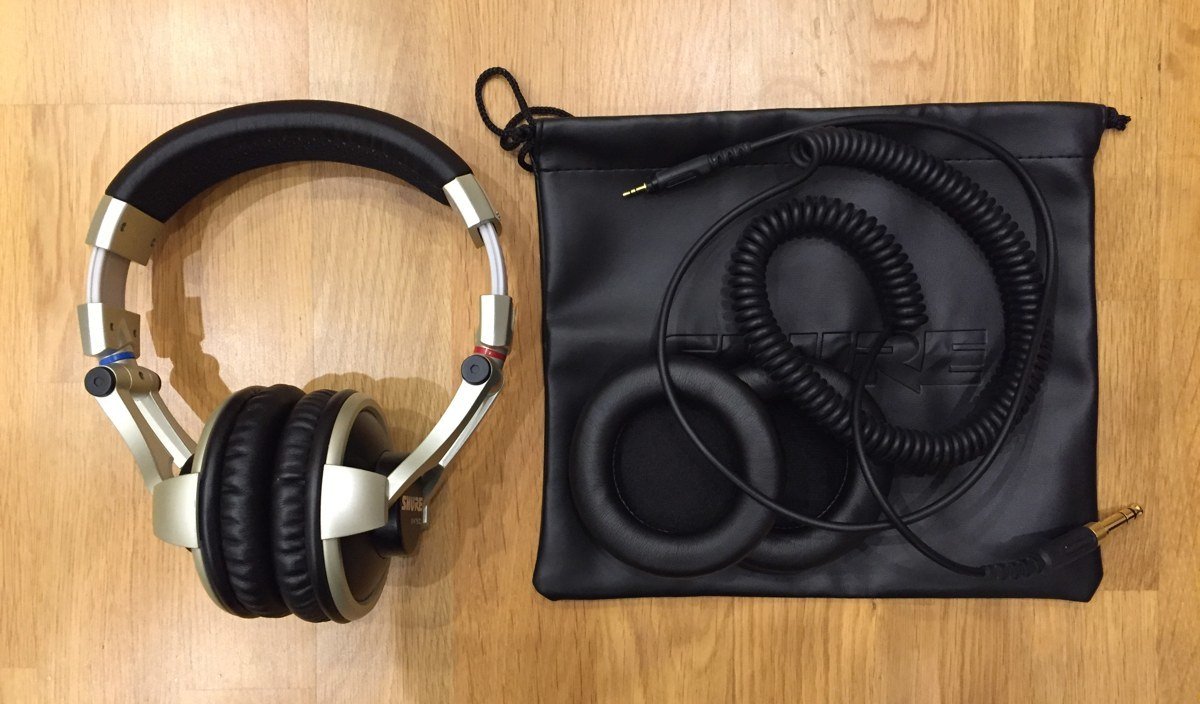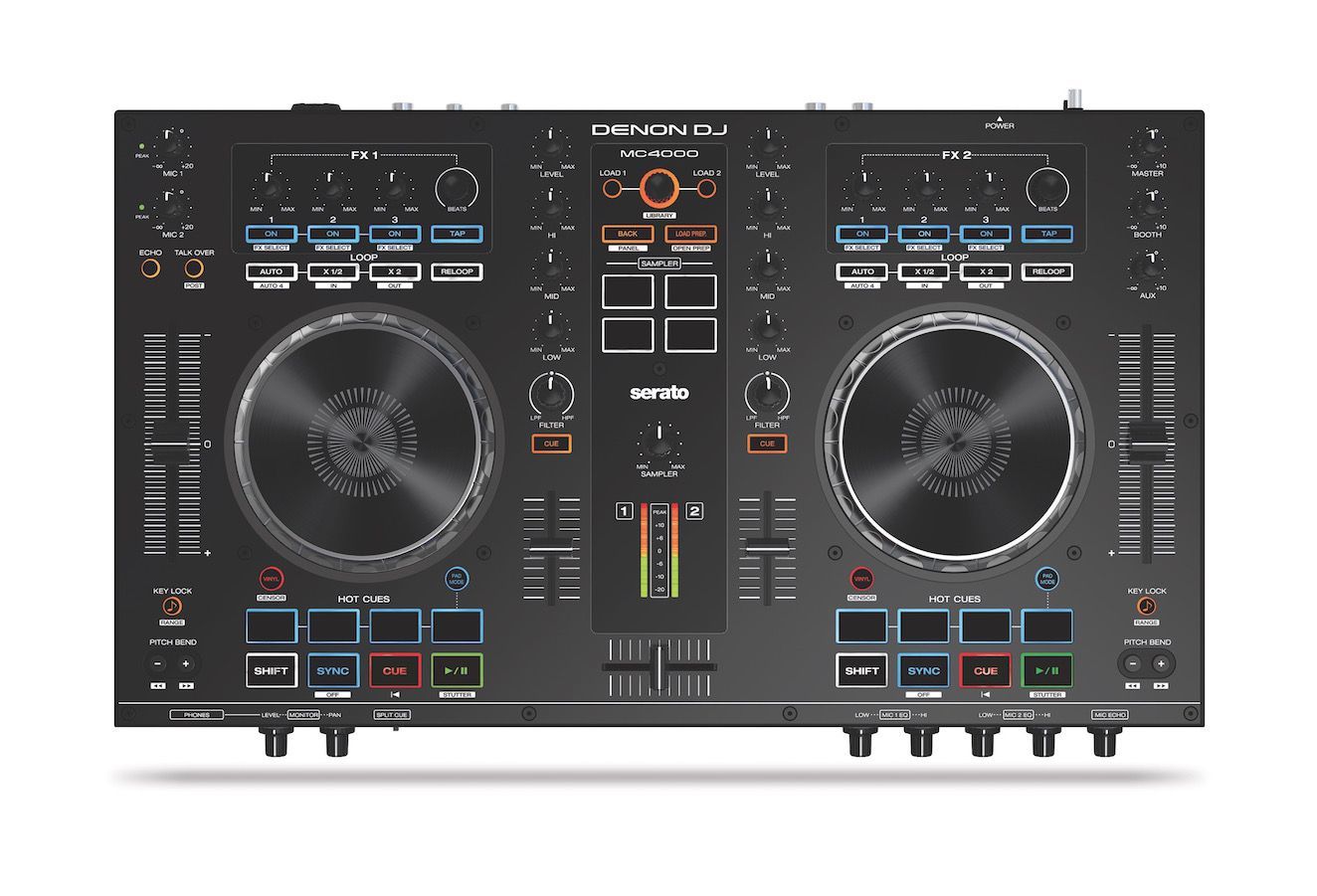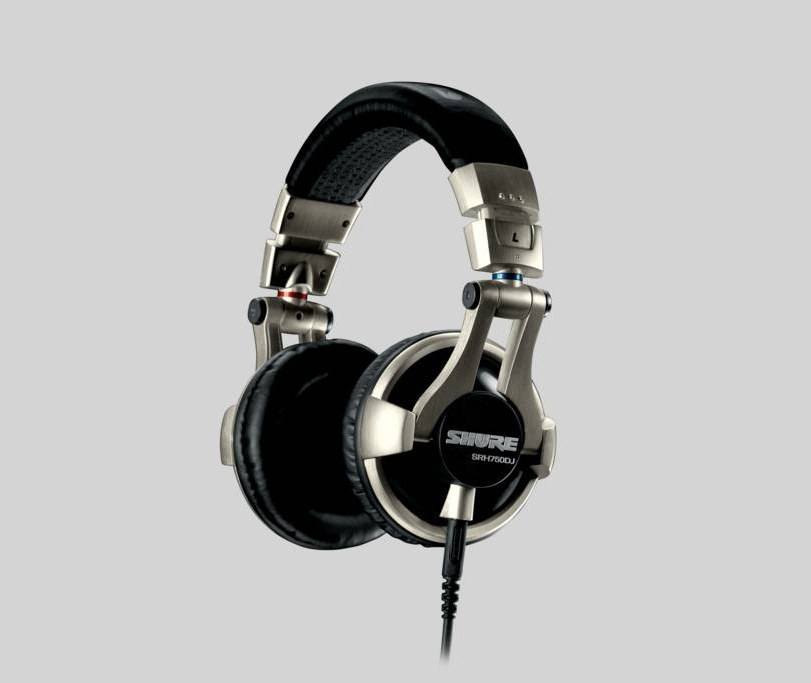
My old Stanton DJ Pro 2000 headphones finally broke down about a year ago, and I was looking for a new pair. I came across Shure SRH750DJ for a good price on Amazon and took the plunge. Here is my review of these cans after using them for around 15 months.
What's in the Box
The SRH750DJ come with a 10 ft / 3 m coiled, detachable audio cable, a carrying pouch and a pair of spare ear cushions. The pouch is made of faux leather and has the Shure logo pressed on it. The spare cushions are definitely a nice touch because we all know how quickly those can peel off and get destroyed.
The headphones had some sort of small plastic paddings attached on the sides, apparently to prevent damage during transportation. At first I thought those were part of the headband but then I saw a little diagram telling to throw them away. Duh!

Do you know the one thing that really, properly matters when it comes to being a performer of any stripe? It’s confidence.
– The Secret DJ
Confidence is a must-have when performing in public. If you don’t look calm and confident behind the decks, the crowd will simply resist you trying to lead them with your music. Luckily, there are simple ways to boost confidence while squashing your inner anxiety along the way.
Slow Down
When you’re anxious, you tend to act in a hurried, all-over-the-place manner. Inevitably, you start making mistakes, which only adds up to the anxiety and is far from producing that calm, confident image of yourself.
Try to consciously sl-o-o-o-w down instead. Concentrate on what you are doing at the moment and literally try to do it 2x slower. Setting up your gear? Look at those cables in your hands. Feel them. Plug them in slowly, one… by… one. Trust me, the world is not going to end because of the extra couple of seconds it will take.
Continue reading
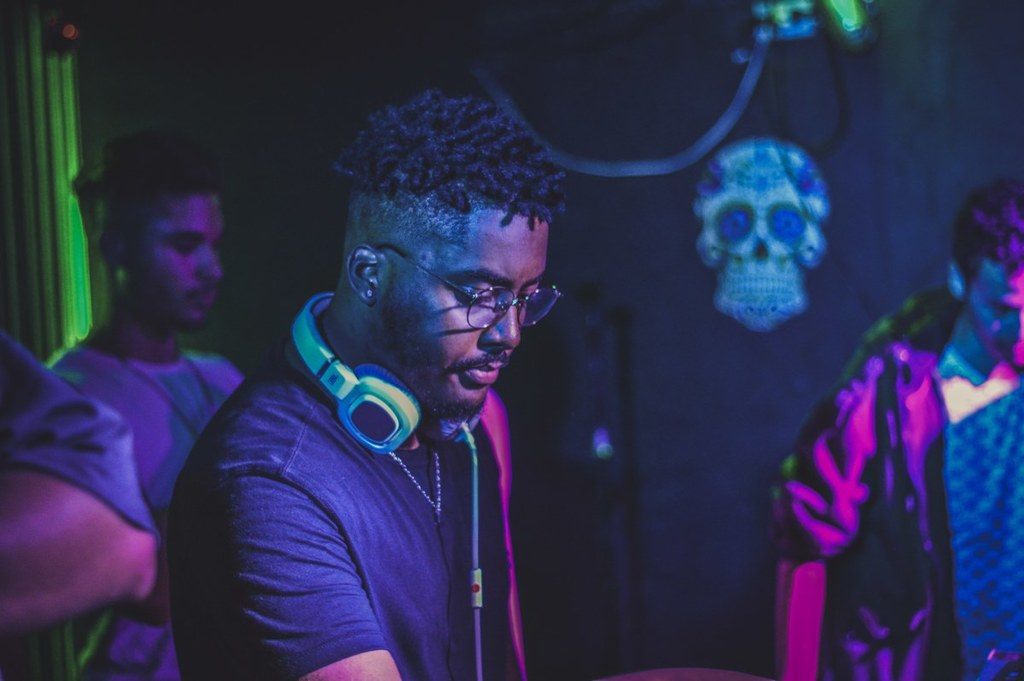
What separates a professional DJ from an amateur is their attitude towards every aspect of their business. (Thinking of DJing as a business is one such example already.) Professionals get better gigs, make more money and command more respect, so it definitely pays to learn how to be a pro.
Professionalism is first and foremost an attitude. Below are 8 tips to help you become a better professional starting today.
Continue reading
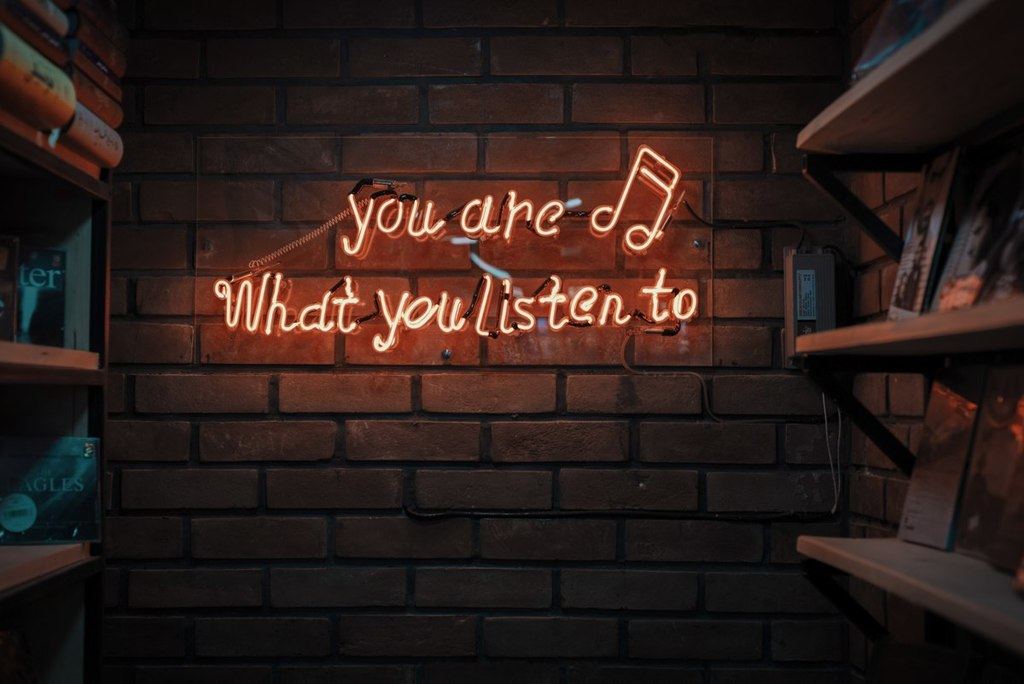
I have already written about how to source new music to DJ with and where to actually buy it. Today, I’ll put the pieces together and tell you how a typical tune goes from getting on my radar to ending up in my DJ library.
How I Discover New Music
I get most of my new track ideas via one of the sources below.
- Radio shows and podcasts. I’m subscribed to a few weekly podcasts like Glitterbox Radio Show. What I like about Glitterbox in particular is that alongside new stuff, it also features older tracks that I might not have heard before. Shows and podcasts like this are not DJ mixes per se, so I generally don’t bother with listening to the episodes from start to finish. What I do instead is quickly skip through the episodes in 15-second intervals to see if some track catches my eye (or ear?).
- DJ mixes. I try to regularly listen to the SoundCloud mixes of the DJs I follow. I normally go from start to finish to understand the idea behind the track selection and how the DJ builds the mix in general.
- Live sets. Whenever I hear another DJ playing, I keep my ears open for any new material. You can come across some unexpected gems this way.
- Purposeful digging. I’m digging ever deeper into disco these days, and I’ve actually made it a point to listen to all of Slayd5000‘s uploads on YouTube. It’s not moving particularly quickly but I’m discovering some true masterpieces along the way. I also go through disco compilations on Deezer from time to time.
Continue reading

I was adding some Cerrone classics to my Serato library not so long ago. “You Are the One” was high on my list, so I went to Google Play and bought the track as usual. But when I loaded it in Serato, the track’s waveform looked strange…
Instead of a neat, pulsating waveform, I was looking at a squashed and hammered brick that showed almost zero dynamic range. Opening the track in Audacity confirmed that the tune had been overcompressed to the point of soft clipping. The waveforms were so hammered, there was no way I was going to play that beast in public. I call this “sound rape”.
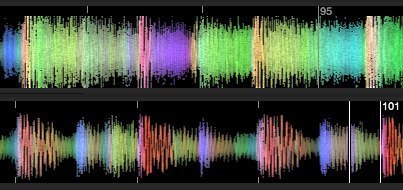
Overcompressed track (above) vs. a normal one in Serato. Note the squashed, almost flat, waveform.
Continue reading
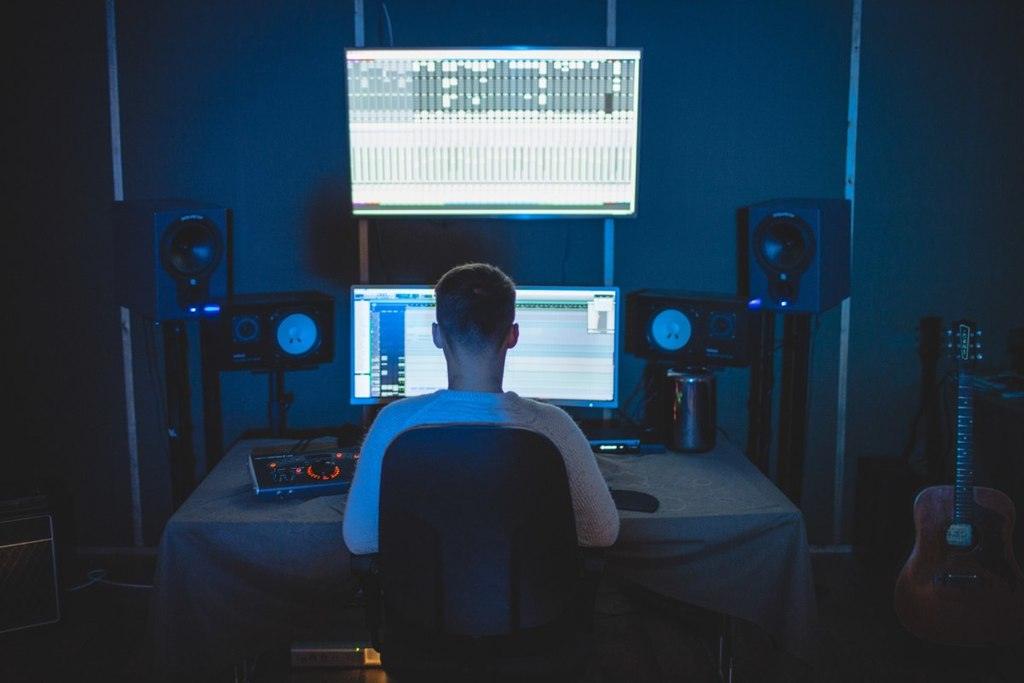
In part 1 of this post, I explained how to prepare your vinyl records for digitizing and how to transfer them into unprocessed WAV files. Today, we’ll be doing some post-production of the digital recordings as well as getting them ready to be imported to your DJ software.
My post-production process for a vinyl recording consists of 8 steps. Here they are:
Continue reading
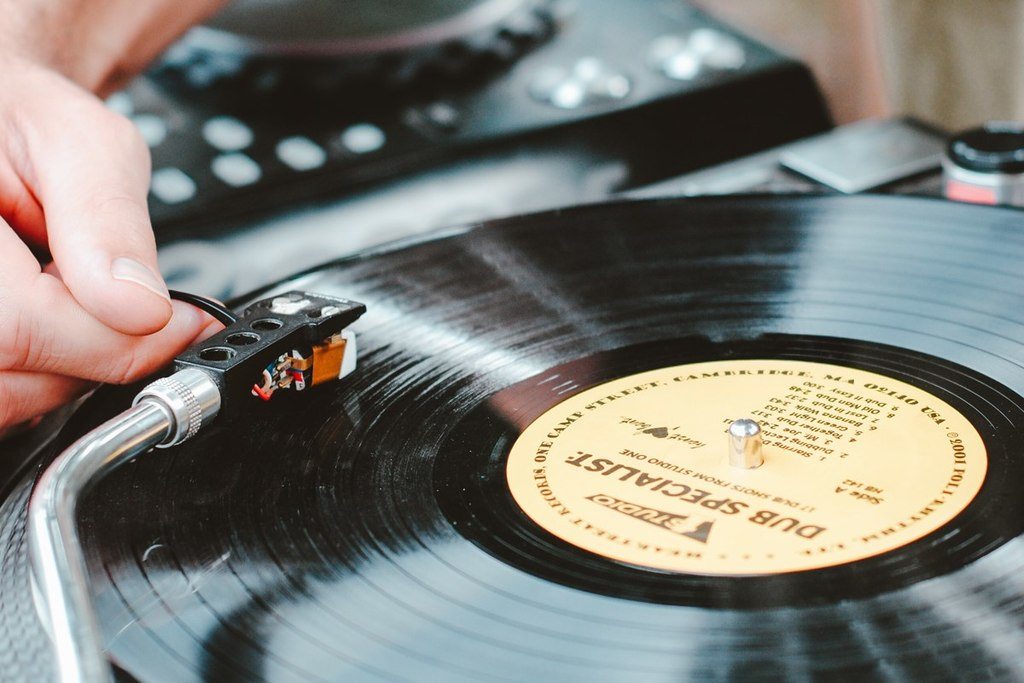
Having switched from vinyl to digital DJing, I recently found myself needing to digitize a few records from my collection. Digitizing vinyl isn’t hard but there are a few important points to keep in mind. In this two-part post, I’ll describe what equipment you’ll need for digitizing vinyl, how to prepare for a recording session and how to go from raw WAV recordings to digital tracks that you can DJ with. (Click here for part 2.)
The Equipment
Here is what you will need to transfer a vinyl record to a digital format:
- A turntable
- A phono preamp (normally built into your mixer or a dedicated USB audio interface)
- A computer
- Connecting cables as needed
- Audio recording software.
Connecting your turntable to a computer or laptop is actually a micro-challenge. The thing is, turntables normally have a “phono” audio output, which has a much lower signal level than the “line” input expected by a computer. That’s not to mention that a turntable typically has two “male” RCA connectors with a grounding cable, and there’s just nowhere to plug them into on a computer or laptop.
Continue reading

If you’re a vinyl DJ, your records are your livelihood. Unlike digital tracks that can incur no wear and are easy to copy and backup, vinyl records are a pretty fragile medium. Every tiny scratch or piece of dust, not to mention the record being warped, will affect the sound. All of this means that you need to take special care looking after your vinyl.
Your records’ biggest enemies are irreversible damage like physical wear and warping. Those are closely followed by dust and dirt, which affect playback. Physical wear includes scratches, damage inflicted by playing a dusty record, or playing the record with a worn-out stylus. A warped record is one that’s no longer flat, which leads to sound distortions and needle jumping. Here’s how to prevent both types of damage to your records and make sure they sound their best.
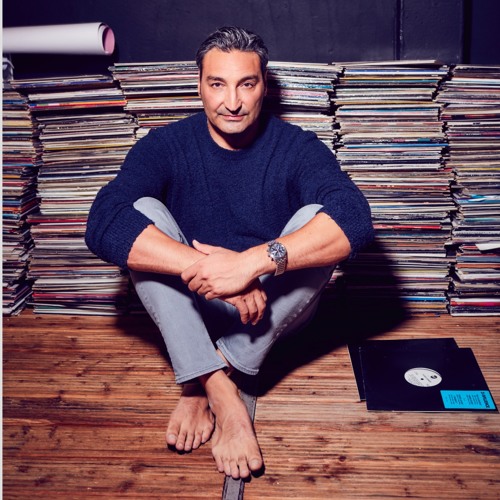
No, Mousse T., please don’t store them like that! Just don’t.
Continue reading
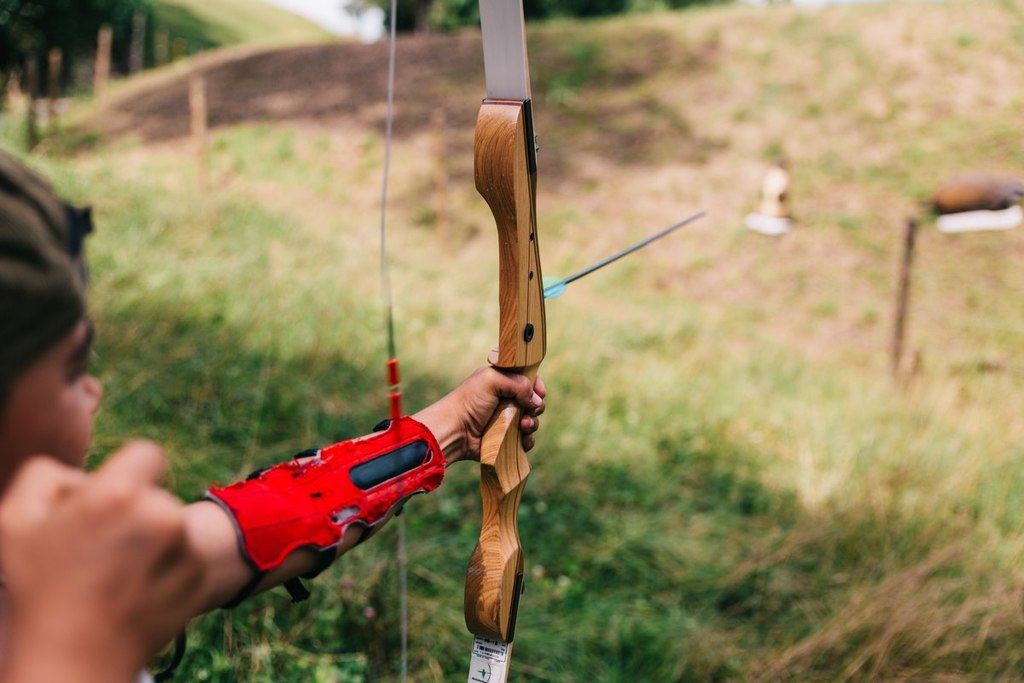
Practice makes perfect. You know that you need to practice regularly to become a better DJ, but what exactly do you do during those practice sessions? And, most importantly, how do you keep them interesting and fun? In this post, I’ll share my approach to practicing.
Let’s start with the basics. When you learn a language, your end goal is to be able to speak that language better in everyday situations. When you practice jazz piano, your end goal is to be able to play those jazz pieces better. When you have a DJ practice session, your goal is to play better DJ sets. See a pattern here? The end goal of any practice is to do the thing better… And I find that doing the thing is also the best way to practice.
What this means is that the best way to organize your DJ practice session is by building it around a DJ set. (And if you’re just starting out, you should try playing actual sets as early as possible.) Imagine that you’re working on your EQing at the moment. In your practice session, play tunes one after another in a DJ set, while paying special attention to your EQing during the transitions. If you don’t like how a particular transition worked out, rewind the outgoing track and try again.
Continue reading
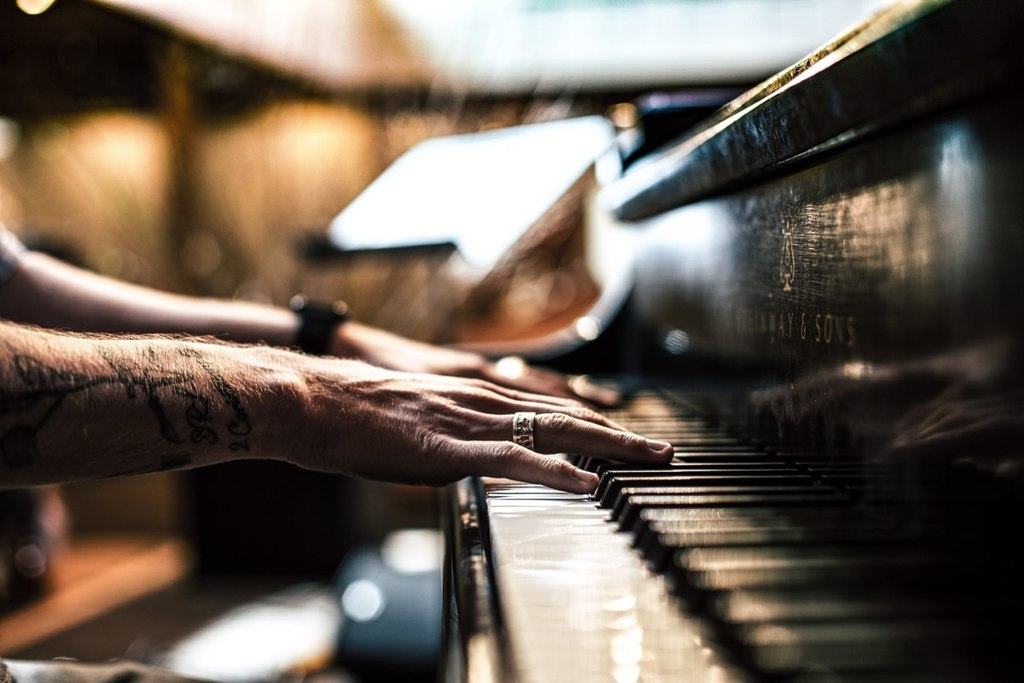
DJing naturally has a lot to do with music. So do you need to be a musician or play an instrument to be a DJ? The short answer is no, but having musical education under your belt can help.
A lot of confusion actually comes from the language we use. When you hear about a DJ “playing”, you may be inclined to think of DJing as playing a musical instrument. In reality, “playing back” may be a better word because all that a DJ essentially does is play back other people’s tunes one after another. The closest DJing gets to playing the piano or violin is turntablism, where the DJ indeed produces sounds with vinyl turntables as if they were a musical instrument.
I actually happen to play the piano. Looking back, I can definitely say that the years spent at a musical school have helped me become a better DJ. Here’s how:
Continue reading
